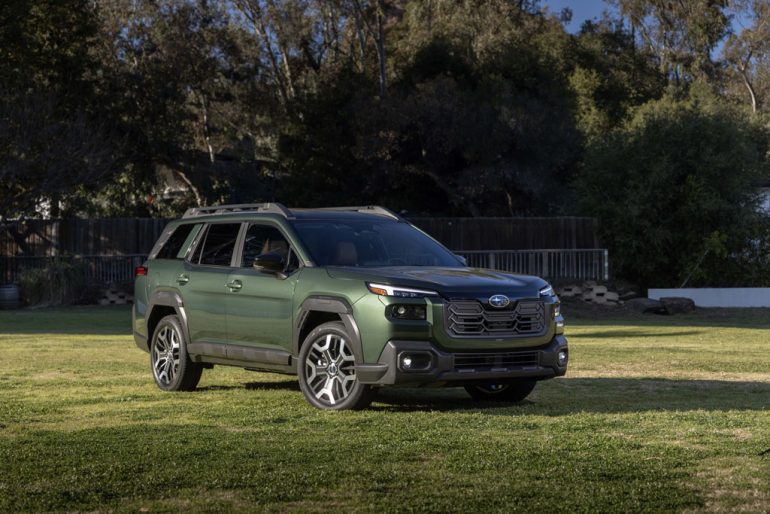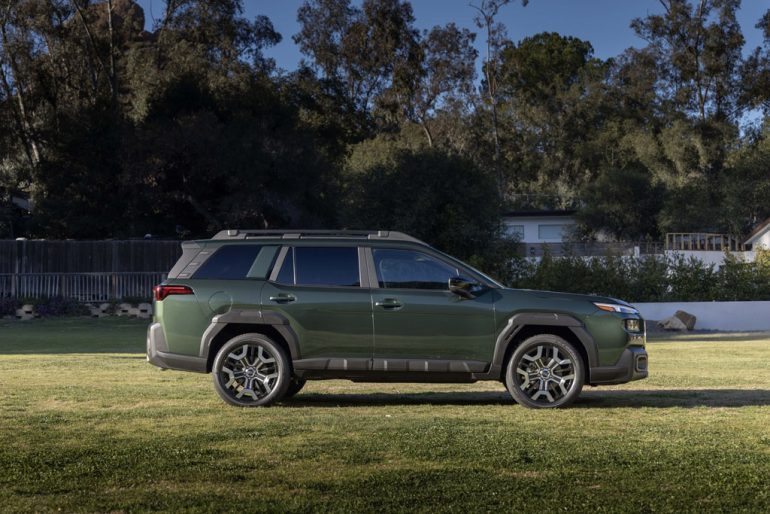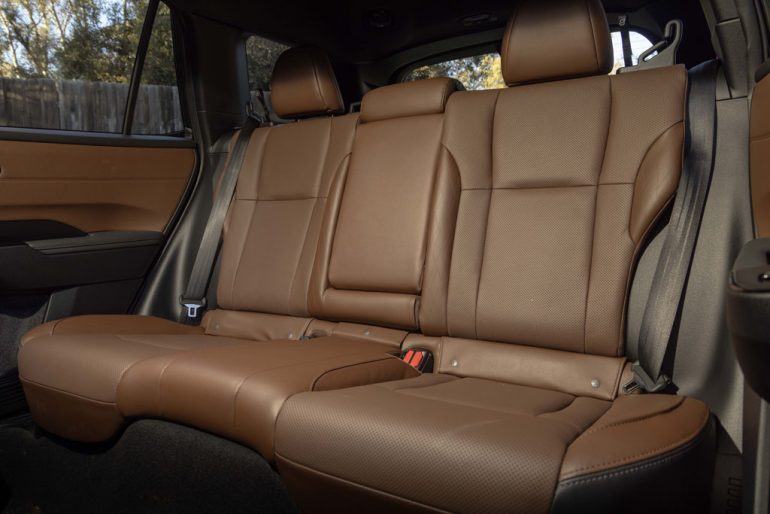Automotive

After three decades of walking the fine line between rugged wagon and family SUV, the Subaru Outback is going full crossover for 2026. Though it technically retains some wagon DNA in its proportions, the seventh-generation Outback introduces a bold new look, a refined interior, and incremental updates under the hood—all while staying true to its Subaru roots.
Up front, the transformation is immediately obvious. The 2026 Outback ditches its former soft curves for a more squared-off, upright aesthetic. A wide rectangular grille now dominates the fascia, bracketed by stacked LED headlights, while heavy black cladding stretches across the lower bumper and around the wheel arches. These design elements are meant to underscore a more rugged persona, although some might argue they blur the line between Outback and Forester a little too closely.

From the side, the Outback’s wagon heritage continues to fade. The sloped roofline of the outgoing model gives way to a boxier silhouette, increasing headroom and improving rear cargo space in the process. The tail end follows suit, with a steeper rake to the rear window and new taillights that mirror the aggressive angles seen at the front. Subaru’s use of plastic cladding and segmented fender designs may divide fans, but they give the Outback a more SUV-like stance than ever before.

The biggest leap forward is arguably inside the cabin. Subaru replaces its vertical infotainment stack with a more driver-friendly 12.1-inch horizontal screen, flanked by a 12.3-inch digital instrument cluster. While not physically connected, both displays are housed in a unified bezel for a clean, modern aesthetic. Importantly, Subaru has heard the feedback from tactile-control enthusiasts and brought back physical climate buttons—a small but meaningful win for usability. Materials also get an upgrade, with higher trims offering a two-tone dashboard crafted in part from recycled elements.
Practicality hasn’t taken a back seat either. The new Outback offers 34.6 cubic feet of cargo space behind the second row, up from 32.6 in the previous model, thanks to a higher roofline. Subaru has also addressed cabin noise with extra sound insulation in the roof and headliner. Meanwhile, redesigned seats are now directly bolted to the chassis, which Subaru says improves ride comfort over long distances.

Mechanically, the 2026 Outback doesn’t stray far from Subaru’s proven formula. The base engine remains a naturally aspirated 2.5-liter flat-four, now making 180 horsepower and 178 lb-ft of torque—a slight reshuffle of figures compared to last year. It’s paired with Subaru’s Lineartronic CVT, which continues to offer simulated gear changes. For buyers wanting more grunt, the XT variants retain the 2.4-liter turbocharged engine producing 260 hp and 277 lb-ft of torque, also mated to a CVT.

The updated Symmetrical All-Wheel Drive system benefits from quicker center differential lockup, improving traction in slippery conditions. Subaru also borrowed elements from the WRX’s steering system to provide better responsiveness at low speeds. Ride height remains at a solid 8.7 inches, and for the first time, buyers can spec factory-installed 19-inch wheels.

Tech features get a notable boost with the latest version of Subaru’s Eyesight driver assistance suite. Hands-free highway driving is now available at speeds up to 85 mph on select roads, and standard smartphone integration means both Apple CarPlay and Android Auto come with every trim.

Expect the 2026 Subaru Outback to arrive in showrooms in late 2025. It will be offered in familiar flavors including Premium, Limited, Touring, Limited XT, Touring XT, and the adventure-ready Wilderness trim. Pricing will be announced closer to launch, but it’s clear Subaru is doubling down on the Outback’s crossover evolution—leaving just enough of its wagon roots to keep tradition alive.
FOLLOW US TODAY:

